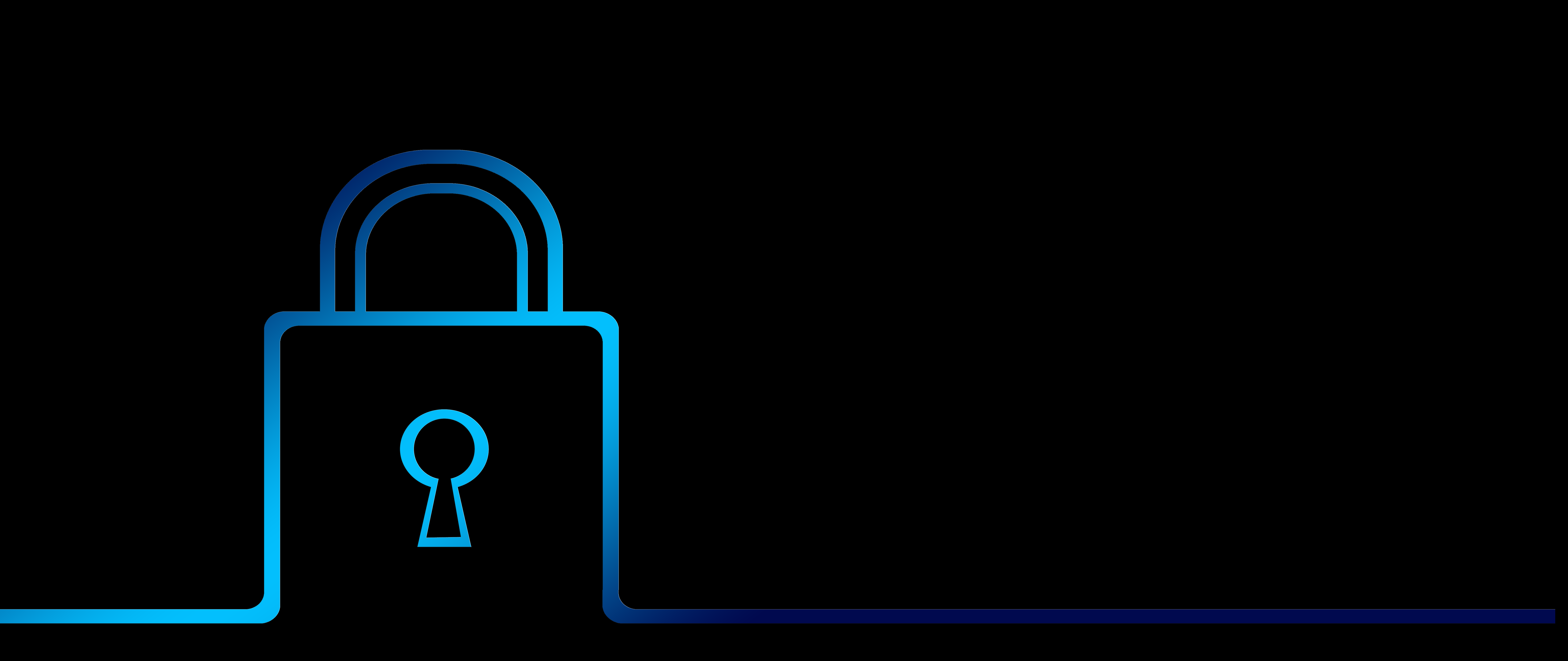Introduction to Secure Software Development
Unit 1
Welcome to Week 1. The content we will examine this week will underpin a number of the important concepts that will be used throughout the module.
This begins with an examination of the
management approaches to supporting software development, in recognition of the weaknesses of the more traditional approaches such as
waterfall,
and the strategies which are applicable to the more modern approaches such as
agile. The
Unified Modelling Language (UML) will be investigated in Week 1,
with knowledge gained being applicable throughout the module in relation to the modelling of software deployments from their design phase. From a practical perspective,
UML is explored through the creation of a flow chart. Awareness is also brought in Week 1 to the concept of having a risk-aware culture in an organisation;
while it is important to develop software that is secure, this is only one aspect to responding to the security challenge.
It is critical that the people who are internal to the organisation, who are responsible for developing and maintaining the software, have a security-responsible attitude..
